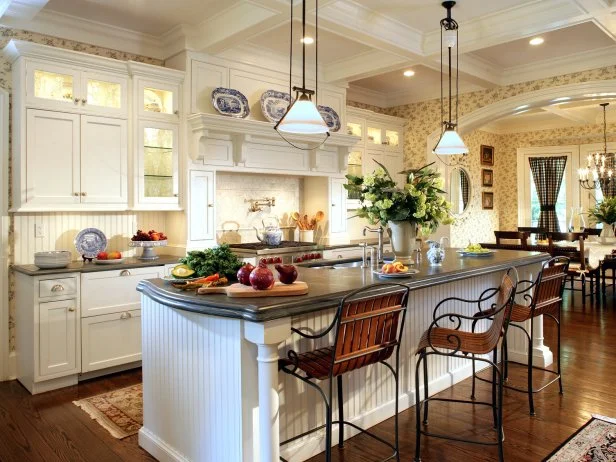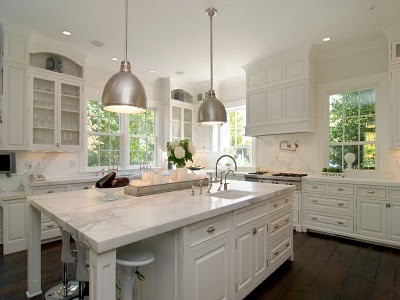Important Elements to Consider When Picking Legs For Cooking Area Island
Choosing the appropriate legs for a kitchen island involves a mindful assessment of numerous factors that can dramatically influence both performance and visual appeal. As we explore these components, it becomes clear that each decision can have far-ranging implications for the general cooking area experience.
Product Options
When selecting legs for a kitchen island, comprehending the numerous product options is necessary for achieving both aesthetic charm and architectural stability (Legs For Kitchen Island). The selection of product significantly influences not only the longevity of the island but also its total design and performance
Steel legs, usually made from stainless steel or functioned iron, add a contemporary and industrial feel while ensuring durability and security. These products are resistant to use and can support substantial weight, making them optimal for bigger islands.
Another choice is engineered products, like MDF or plywood, which can be more affordable while still providing a variety of coatings. They might not supply the same degree of stability as solid timber or metal. Legs For Kitchen Island. Materials such as acrylic or glass can produce a contemporary appearance, though they might require extra support to ensure security.
Ultimately, the option of material for kitchen area island legs ought to align with the desired performance and the overall motif of the kitchen.
Design And Style

When considering style, the form and coating of the legs are essential. Conical legs can supply a feeling of lightness and sophistication, while thicker, a lot more robust legs can convey strength and security. In addition, the surface-- be it painted, stained, or natural-- need to enhance the cabinets and counter top materials to create a unified appearance.
Furthermore, the style of the legs can additionally show individual preference. Customized or ornamental legs, such as those featuring elaborate carvings or unique geometric forms, can serve as focal points, adding personality and character to the kitchen area. Ultimately, the appropriate option will not just improve functionality yet likewise elevate the aesthetic charm, making the kitchen area island a standout feature of the home.
Elevation Considerations
Picking the proper height for cooking area island legs is crucial, as it straight affects both functionality and convenience. The basic elevation for a kitchen area island generally varies from 36 to 42 inches, aligning with usual countertop elevations. A 36-inch height is excellent for cooking and food preparation, enabling comfy use of cooking area appliances and devices. Alternatively, an elevation of 42 inches is typically preferred for islands meant for bar seats, accommodating taller stools and supplying a laid-back eating experience.

It is likewise vital to make up individuals' heights and preferences. Customizing the elevation can make sure a comfortable experience for all household members, making the cooking area island a more functional and delightful space.
Weight Assistance
Guaranteeing adequate weight support for cooking area island legs is crucial for both safety and performance. The kitchen island frequently offers several purposes, including food preparation, eating, and extra storage space, necessitating a robust assistance structure. When choosing legs, it is essential to think about the overall weight capability called for based on the island's meant usage and the products that will certainly look these up be put on it.
The selection of material for the legs plays a considerable duty in their weight-bearing capabilities. Solid timber, steel, and heavy-duty composites normally supply superior strength compared to lighter products. In addition, the design of the legs-- whether they are straight, tapered, or have a pedestal type-- can affect their capacity to disperse weight efficiently across the structure.
Constantly seek advice from the maker's specs relating to tons limits to guarantee that the legs can sustain the intended weight without jeopardizing safety. In summary, selecting kitchen island legs with appropriate weight assistance is essential for producing a useful and secure cooking area.
Installation and Upkeep
Correct setup and maintenance of cooking area island legs are vital for making sure longevity and security. To start, it is important to follow the supplier's guidelines during installment. This typically involves protecting the legs to the island base making use of proper fasteners, making certain that the legs are level and straightened. Using a level device can help protect against wobbling and boost the overall visual appeal of the cooking area island.
When mounted, regular maintenance is needed to preserve the integrity and look of the legs - great site Legs For Kitchen Island. For wood legs, periodic cleaning with a wet cloth and application of appropriate timber gloss can avoid wetness damages and preserve their surface. Steel legs may need a mild cleansing solution to eliminate oil and crud, followed by a dry fabric you could try these out to protect against corrosion formation
Furthermore, check the legs regularly for signs of wear or damage, such as cracks or loose joints. Tightening screws or bolts as needed can also prolong the lifespan of the legs. By adhering to these installation and maintenance practices, homeowners can ensure that their kitchen island remains strong and visually appealing for many years to find.
Conclusion

Aesthetic coherence is vital in picking the design and layout of legs for a cooking area island, as these components substantially affect the general ambiance of the area. Tapered legs can supply a feeling of agility and sophistication, while thicker, extra durable legs can share strength and security.Picking the proper elevation for kitchen area island legs is critical, as it straight influences both capability and convenience. In recap, picking kitchen area island legs with ample weight assistance is crucial for developing a secure and useful culinary space.
In conclusion, picking legs for a cooking area island demands cautious factor to consider of numerous variables, consisting of material options, style, elevation, weight assistance, and setup.